Rotating a reference frame, and pseudo forces (centrifugal & Coriolis), and derivation of the rotation matrix.
Edit and compile if you like:
% Author: Izaak Neutelings (September 2020)\documentclass[border=3pt,tikz]{standalone}\usepackage{amsmath}\usepackage{tikz}\usepackage{physics}\usepackage[outline]{contour} % glow around text\usetikzlibrary{calc}\usetikzlibrary{decorations.markings}\usetikzlibrary{angles,quotes} % for pic\usetikzlibrary{arrows.meta} % for arrow size\usetikzlibrary{bending} % for arrow head angle\usetikzlibrary{decorations.pathmorphing} % for decorate random steps\tikzset{>=latex} % for LaTeX arrow head\usepackage{xcolor}\contourlength{1.3pt}\colorlet{xcol}{blue!70!black}\colorlet{xcol'}{xcol!50!red}\colorlet{vcol}{green!45!black}\colorlet{acol}{red!50!blue!80!black!80}\tikzstyle{rvec}=[->,very thick,xcol,line cap=round]\tikzstyle{vvec}=[->,very thick,vcol,line cap=round]\tikzstyle{avec}=[->,very thick,acol,line cap=round]\colorlet{myred}{red!65!black}\tikzstyle{force}=[->,myred,very thick,line cap=round]\tikzstyle{mass}=[line width=0.5,draw=red!50!black,fill=red!50!black!10,rounded corners=1,top color=red!50!black!30,bottom color=red!50!black!10,shading angle=20]\tikzstyle{disk}=[line width=0.5,orange!30!black,fill=orange!40!black!10,top color=orange!40!black!20,bottom color=orange!40!black!10,shading angle=20]\tikzstyle{pole}=[line width=0.5,blue!20!black,fill=orange!20!black!10,top color=blue!20!black!20,bottom color=blue!20!black!10,shading angle=20]\tikzstyle{rope}=[brown!70!black,line width=1,line cap=round] %very thick\tikzstyle{myarr}=[-{Latex[length=3,width=2,flex'=1]},thin]\tikzstyle{mydashed}=[dash pattern=on 2pt off 1pt]\def\rope#1{ \draw[rope,black,line width=1.4] #1; \draw[rope,line width=1.1] #1; }\def\tick#1#2{\draw[thick] (#1) ++ (#2:0.1) --++ (#2-180:0.2)}\newcommand\rightAngle[4]{\pgfmathanglebetweenpoints{\pgfpointanchor{#2}{center}}{\pgfpointanchor{#3}{center}}\coordinate (tmpRA) at ($(#2)+(\pgfmathresult+45:#4)$);%\draw[white,line width=0.6] ($(#2)!(tmpRA)!(#1)$) -- (tmpRA) -- ($(#2)!(tmpRA)!(#3)$);\draw[black] ($(#2)!(tmpRA)!(#1)$) -- (tmpRA) -- ($(#2)!(tmpRA)!(#3)$);
Click to download: reference_frame_rotational.tex • reference_frame_rotational.pdf
Open in Overleaf: reference_frame_rotational.tex




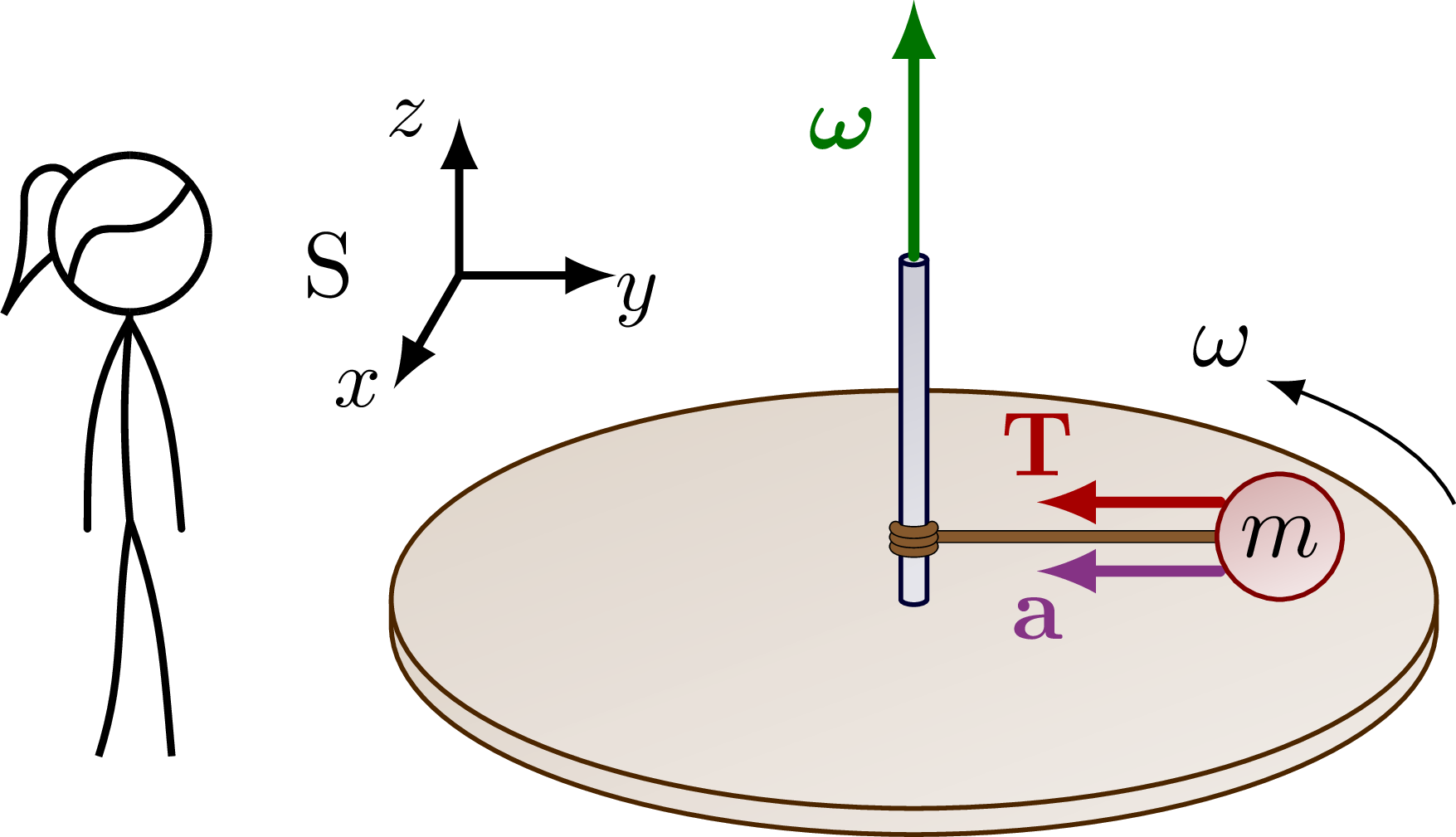
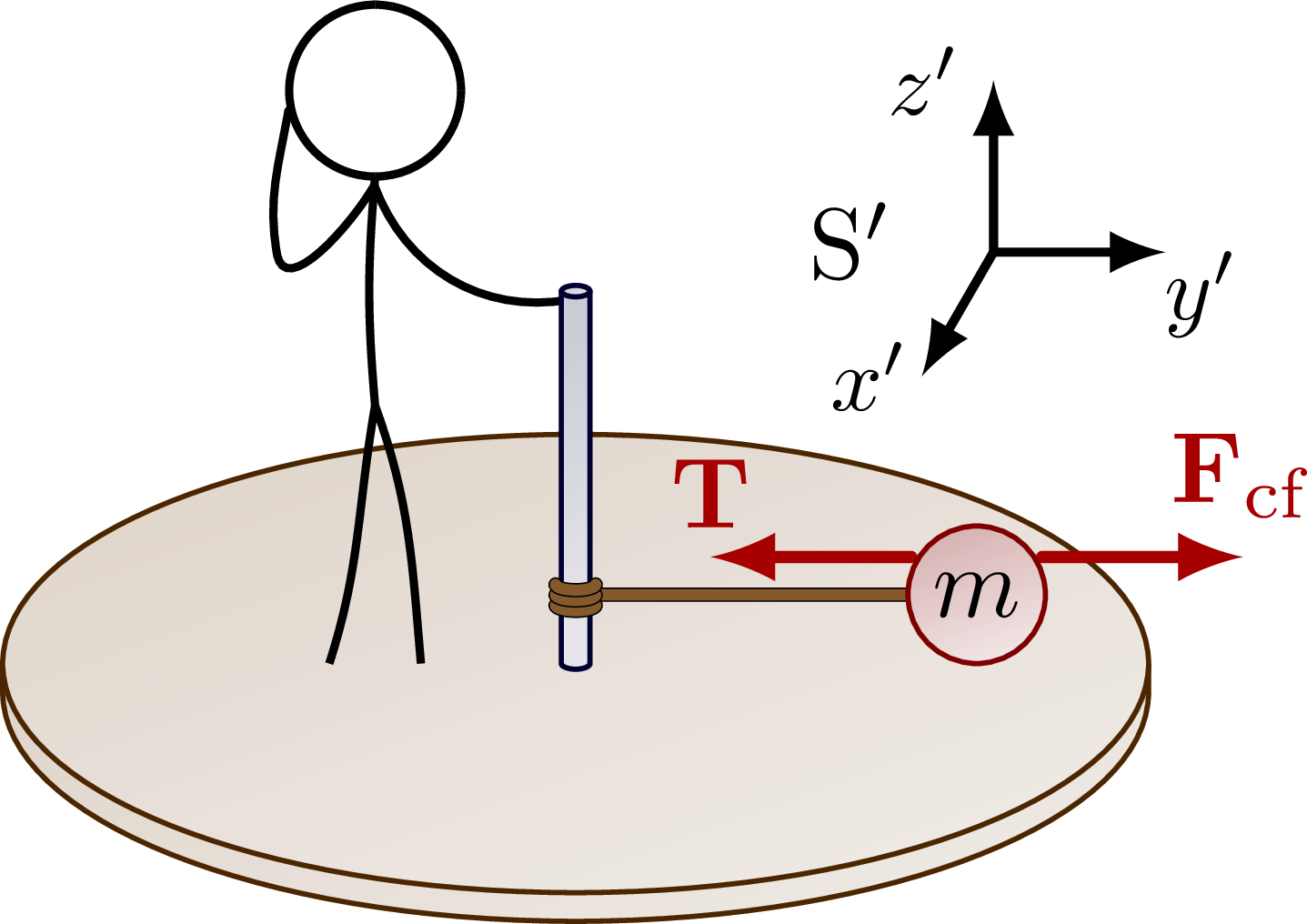


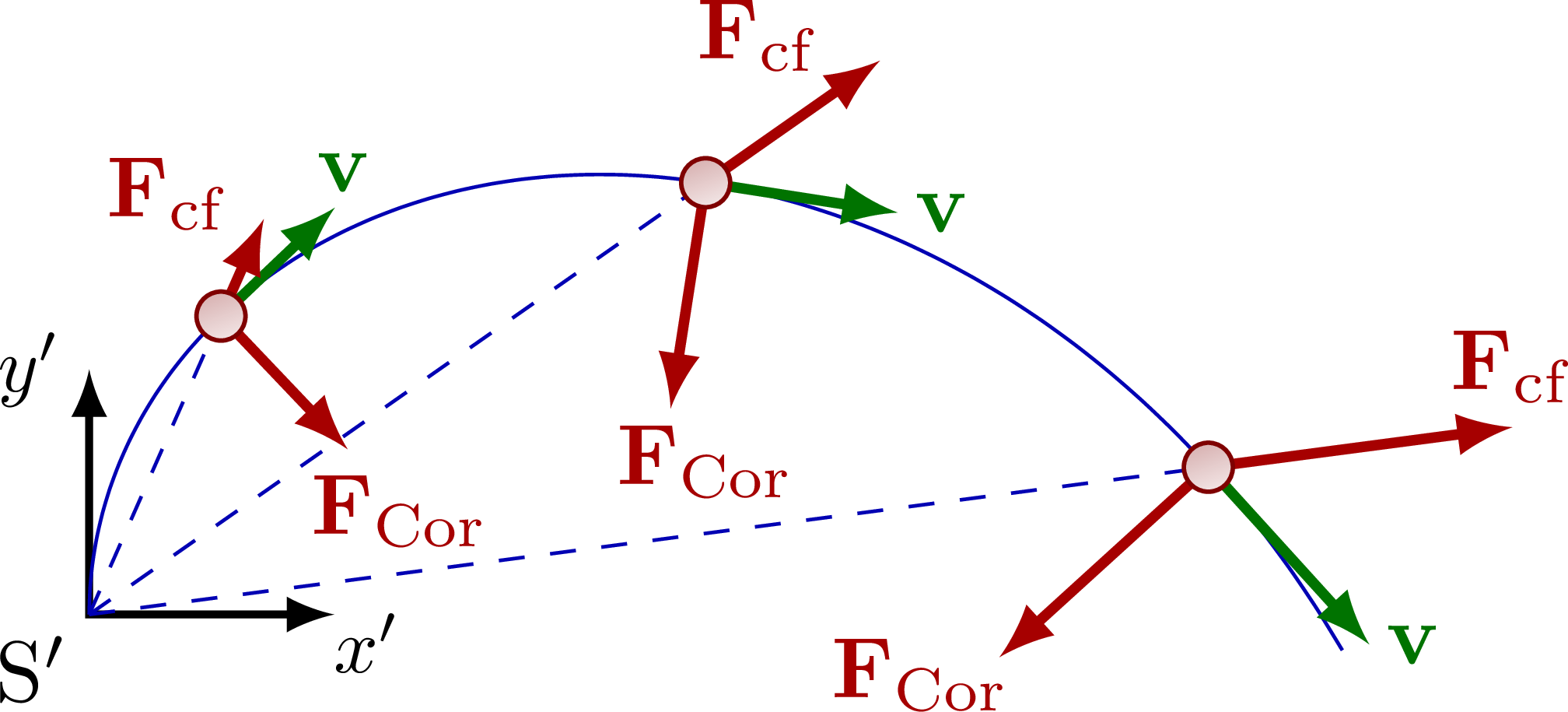
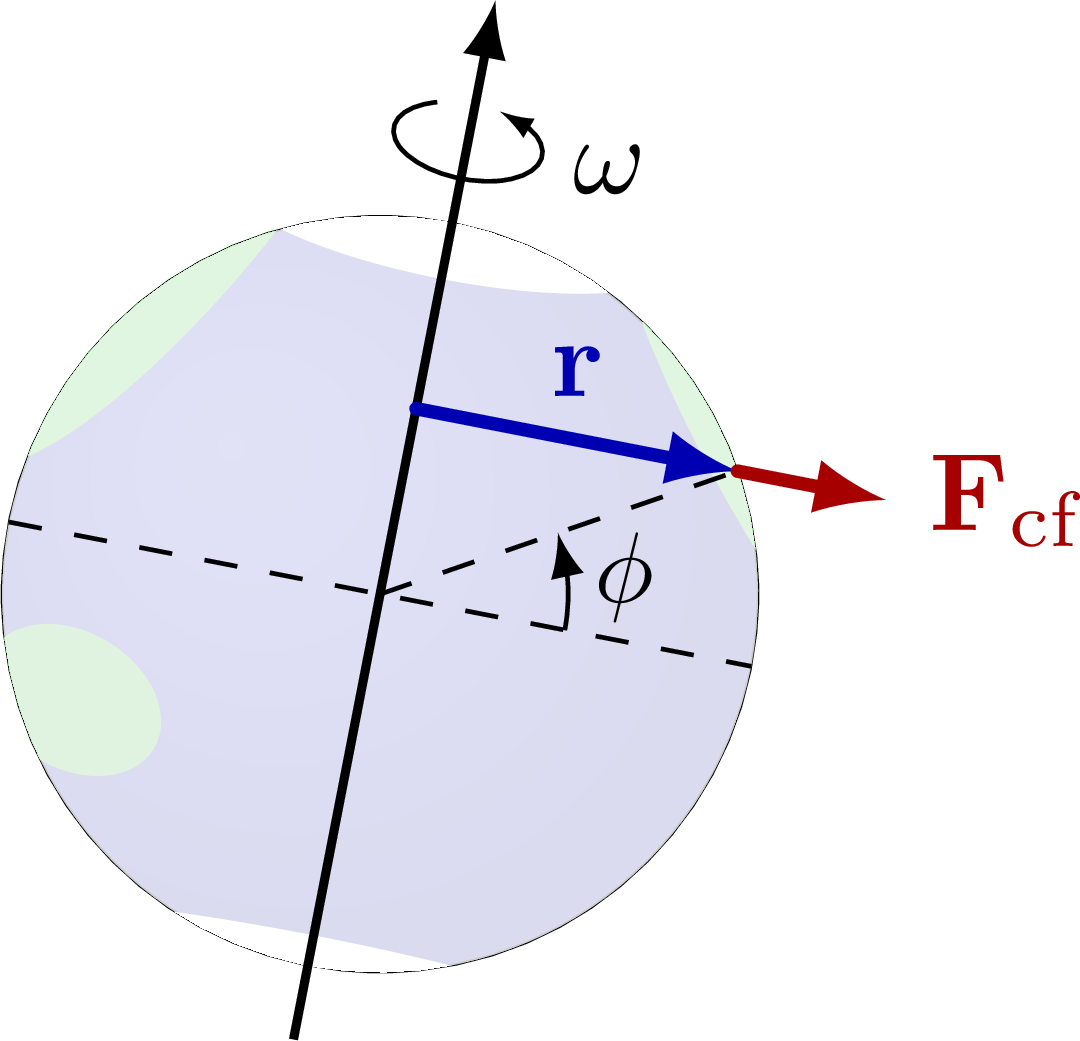
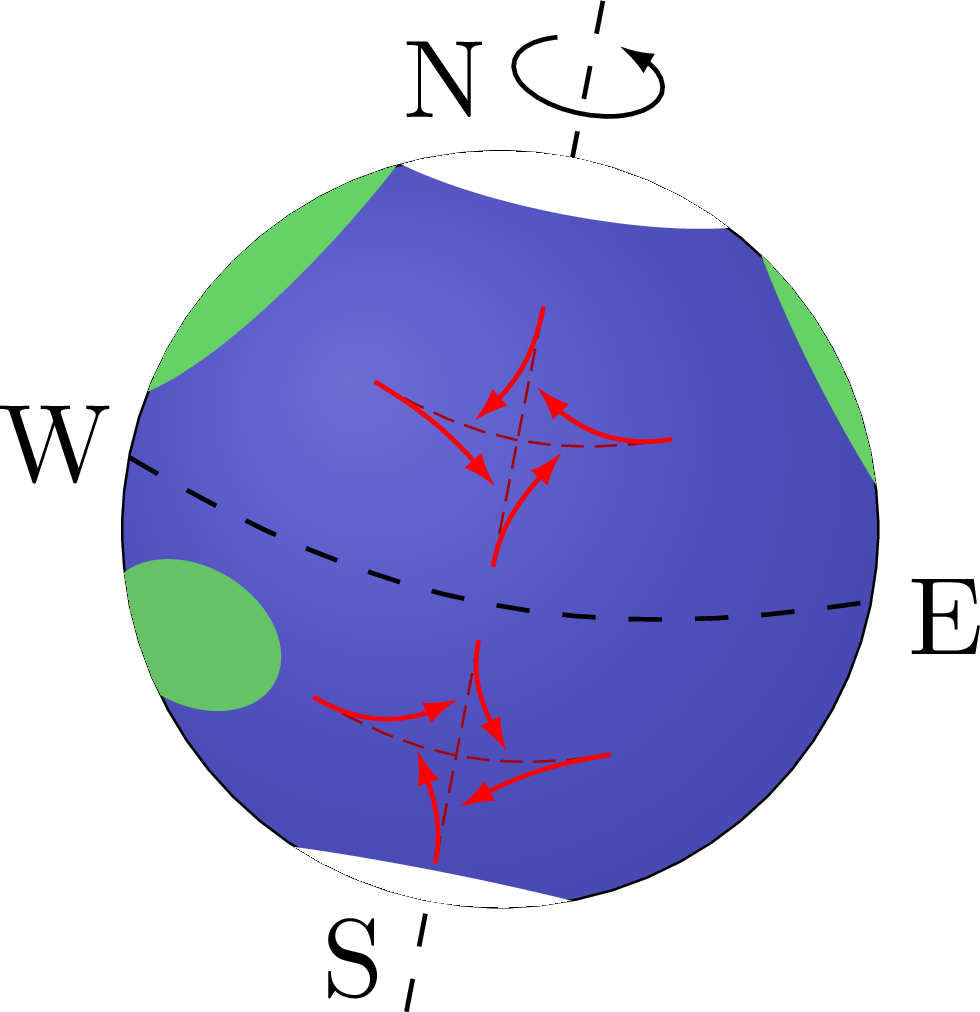
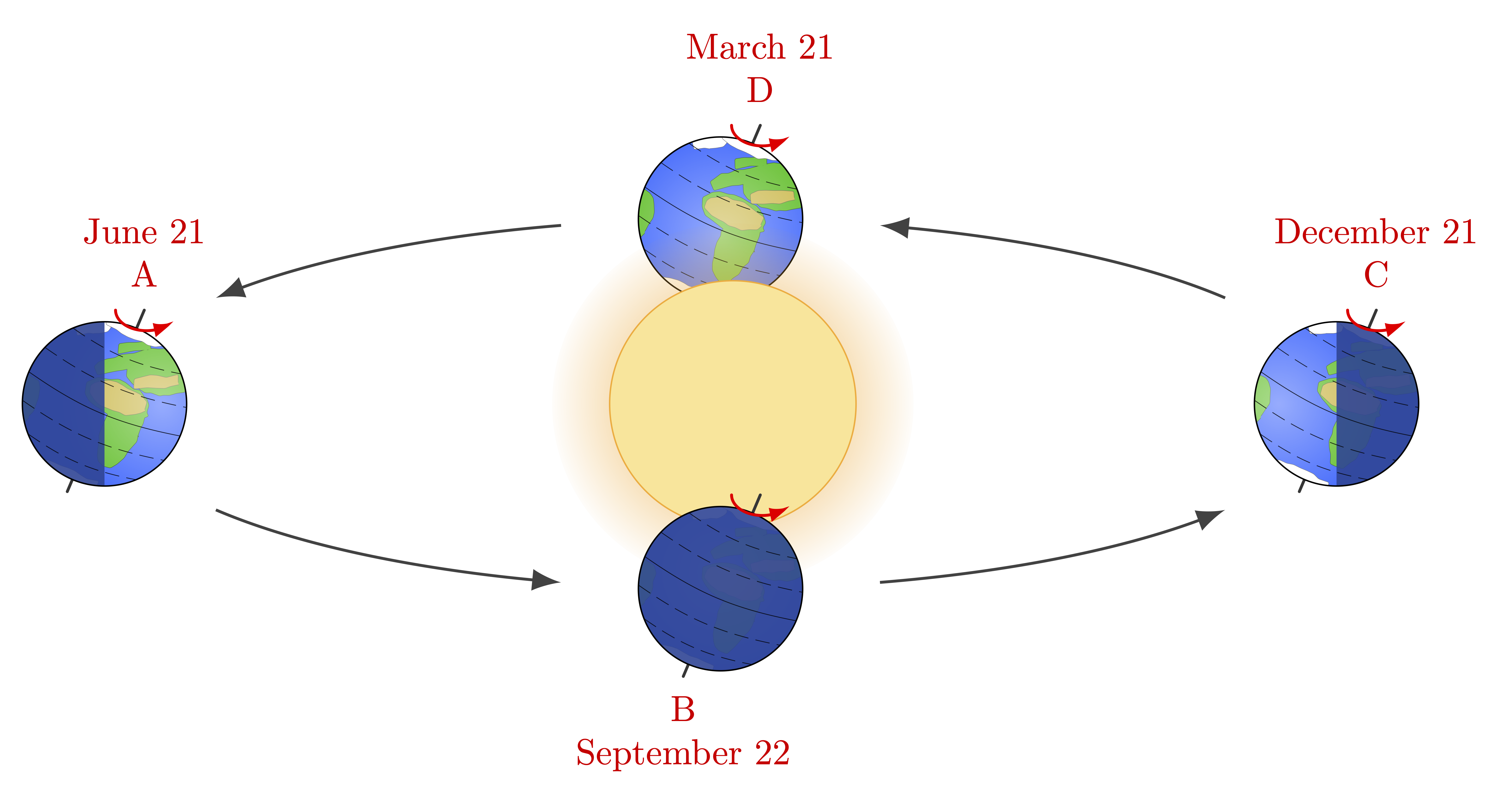
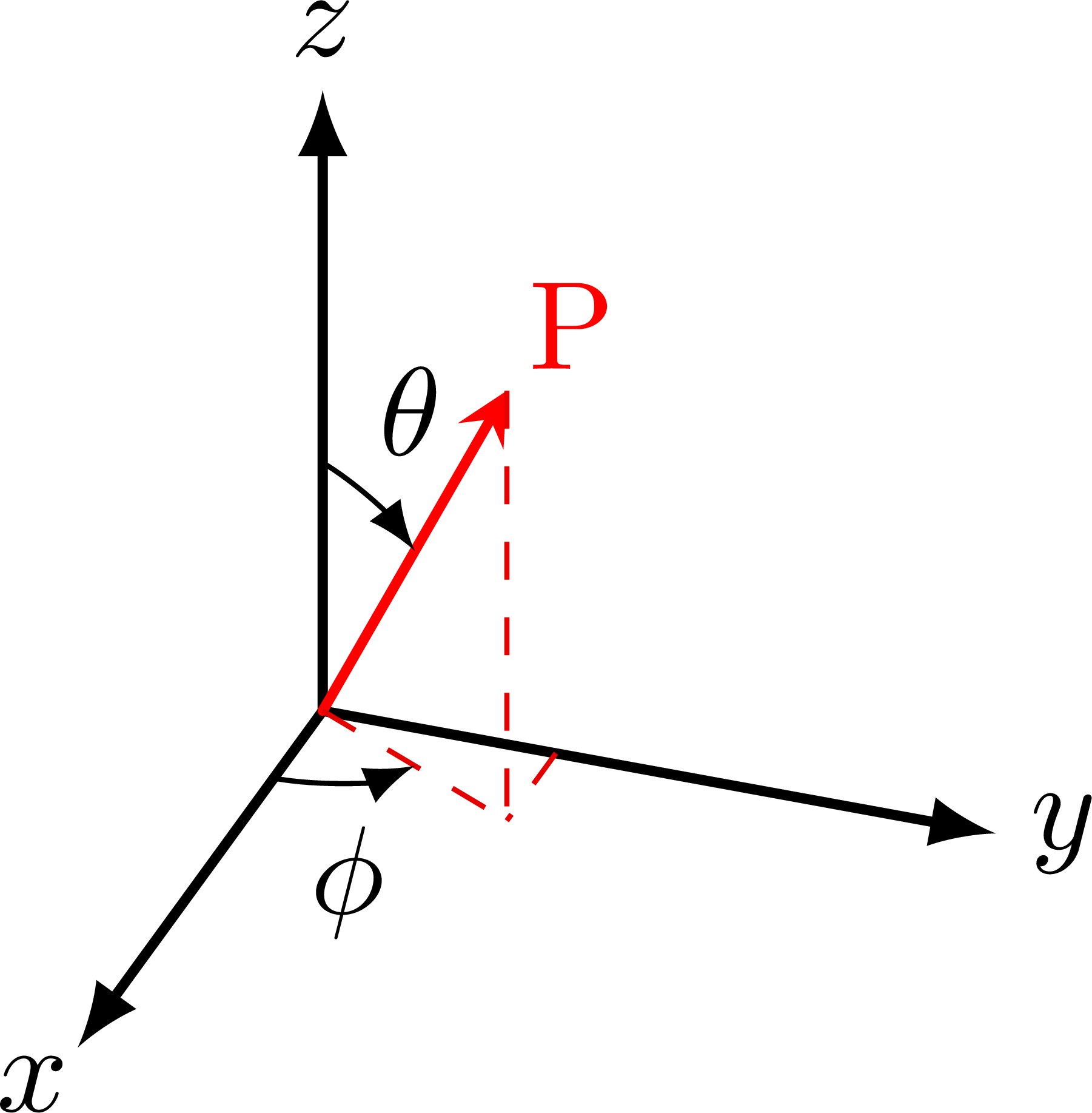
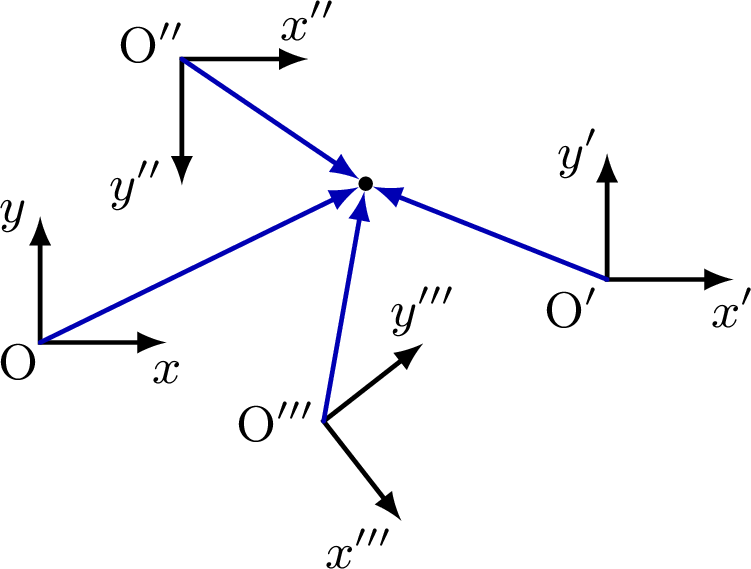
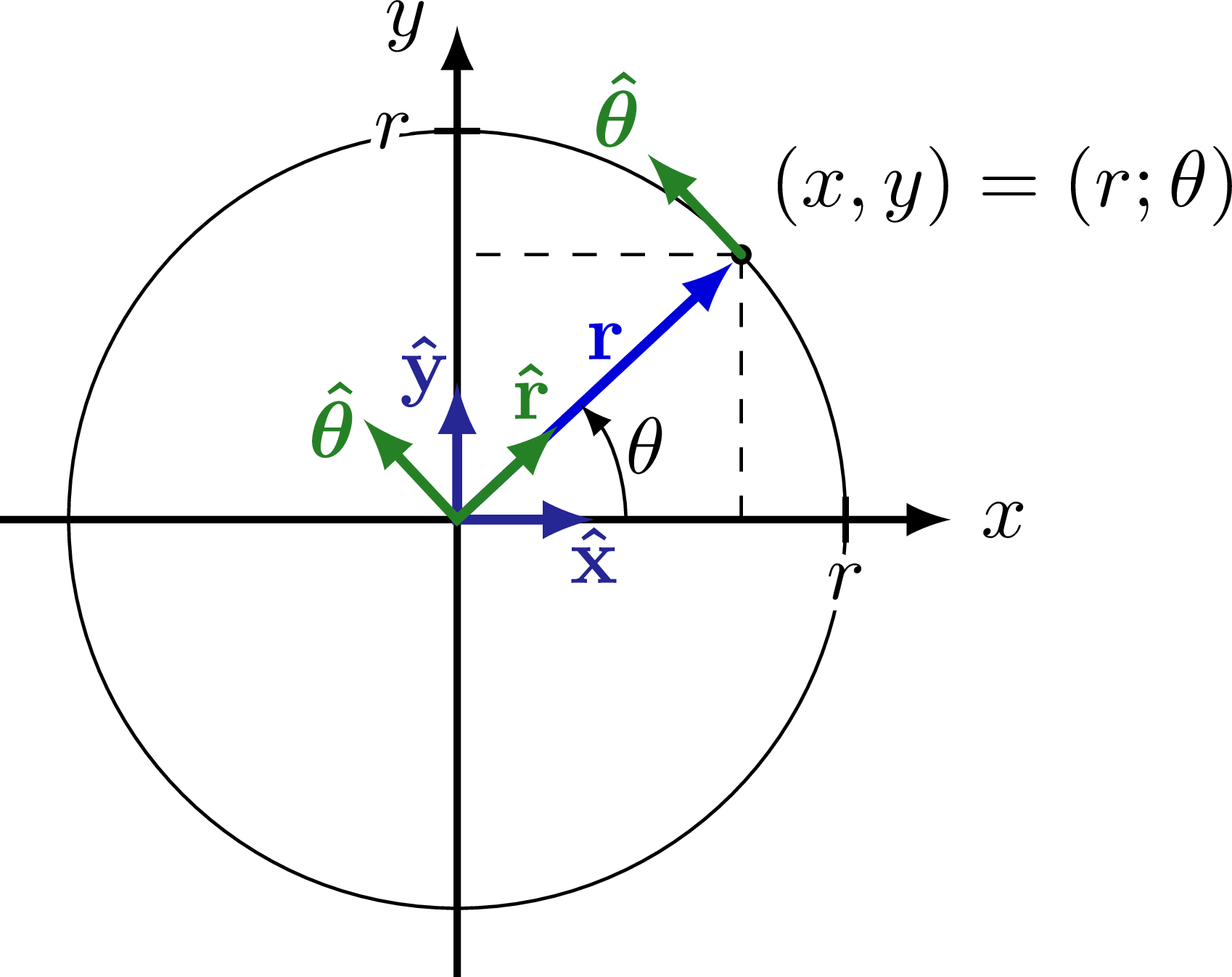
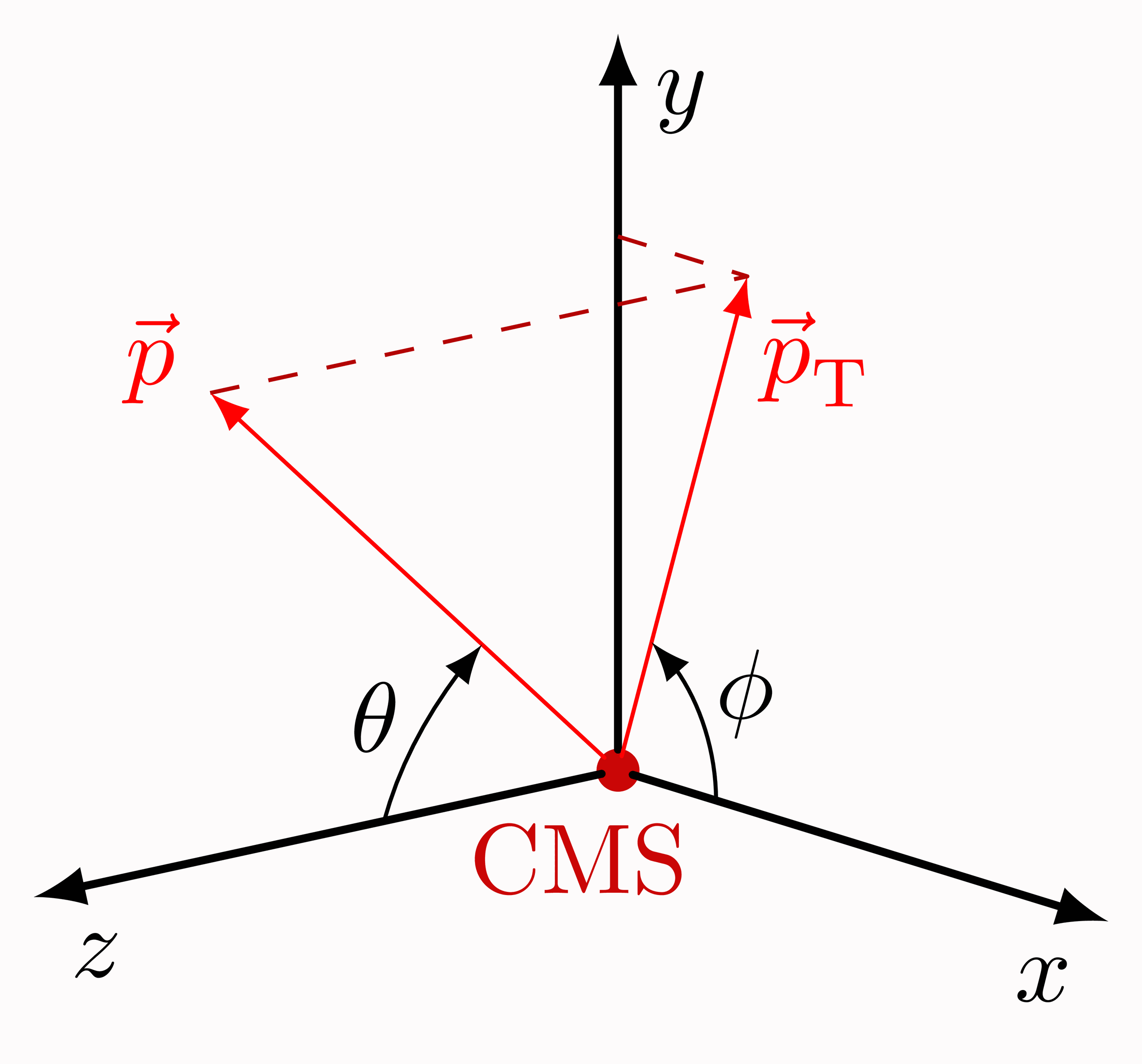

Hello,
Last question (I promise).
I am using one of your Earth diagrams to do a diagram of the seasons (have a Sun in the middle and the tilted Earth in four different position).
I tried to duplicate the diagram by brute force, but I was unable to do it. I have been doing some research, but can’t seem to find it. Is there a simple way to duplicate and translate pictures in tikz, so that I can make the four Earths in the same slide (I am using for beamer)?
If I can’t do it, I will do each season on a different slide, as changing the position of a yellow circle fits better with my teaching time constraints… hehehe
Again, thank you,
Wagner.
Again, thank you,
Hello,
Last question (I promise).
I am using one of your Earth diagrams to do a diagram of the seasons (have a Sun in the middle and the tilted Earth in four different position).
I tried to duplicate the diagram by brute force, but I was unable to do it. I have been doing some research, but can’t seem to find it. Is there a simple way to duplicate and translate pictures in tikz, so that I can make the four Earths in the same slide (I am using for beamer)?
If I can’t do it, I will do each season on a different slide, as changing the position of a yellow circle fits better with my teaching time constraints… hehehe
Again, thank you,
Wagner.
Hi Wagner,
I am not 100% sure what you need, but you probably need to define some macro. There are two options I often use myself:
\deffor simple things, and\picfor things that need a more functionality and complexity. They both can take arguments depending on how you define it. The advantage ofpicis that you can also draw some predefined picture at a give coordinate (what you’d need for translating a picture of Earth), and you can transform it (rotate, scale, etc.). It also allows styling, default arguments, etc.Have a look at Chapter 18 in the manual for more on
pic: https://tikz.dev/tikz-pics You can also find more examples on this site with the def and pic tags.In your case you just need something like the polar angle to define the Earth’s position, right? You can play around with the following example yourself:
In beamer, there are several ways to hide/show TikZ pictures in slide transitions. I am not an expert, so you need to dig a bit deeper yourself if you want something different (e.g. read this StackOverflow thread, or see this post with the SM particles):
A very quick ‘n dirty Earth going around the sun is below:
However, if you want to have overlapping pictures in the right order (e.g. Sun in front or behind the Earth), things can become quite messy quick, and need a lot of hacks and finetuning. Maybe it’s better to define a macro for just the Earth, so you draw it in the right order and at the right position yourself:
Hope that helps,
Izaak
Hello Izaak,
Thank you so much for your diagrams. I did something like that for now, in a quick and dirty way, as you said, but I like your diagram so much that I was attempting to reproduce something like this:
https://faculty.kutztown.edu/courtney/blackboard/physical/21seasons/seasons1.jpg
This is to attempt to make it more visual how the Sun is directly opposite to the Equator during equinoxes and opposite to the tropics during solstice.
The quick and dirty way worked for now, but I I am still going to get this right! heheheeh
Again, thank you so much for your input! It is greatly appreciated!
Ah, I see. In that case try something like this:
Note that if you define some coordinate
(-X)inside apiccode block, and you name your\pic (P) ..., you can reuse it later as(P-X), which is handy here to manually place labels at the north or south pole. Alternatively, you could program the label inside the Earthpic, and take a the text as a second argument.Also note that I used a bit of a hack with
\ifnum <condition> <do this>where the condition is some comparison between integers, to distinguish special cases, but this is already quite some finetuning.\else <do otherwise> \fi
One day, when it is maybe too late because of AI, I will be as good as you on tikz!!
Thank you so much!!!! I really appreciate it!
I will attempt to change the code to correct for the Sunlight on Earth during the solstices, but it shouldn’t be too much of a problem!
Fantastic! Again, thank you!
\fill[shadow,rotate=-\angE] % Earth shadow
\ifnum #1=0 (113:\RE) arc(113:-66:\RE) \fi % right shadow
\ifnum #1=180 (113:\RE) arc(113:293:\RE) \fi % left shadow
\ifnum #1=270 (0,0) circle(\RE) \fi; % full shadow
To correct for the shadows!
No problem!
Thank you for your correction, I was more paying attention to the styling than the physics I guess… :p
I will edit the code in my previous answer, and correct it as follows:
By just removing
rotate=-\angEfrom the options in\fill, you do not have to finetune & hardcode the angles as a function of\angE=23.Hello Izaak,
Please, do let me know if you can help with the question above (If there is an easy way to translate the same image of the the tilted Earth to 4 different positions). I have been reading extensively about tikz, your diagrams have been an amazing lesson!
Again, thank you,
Wagner.